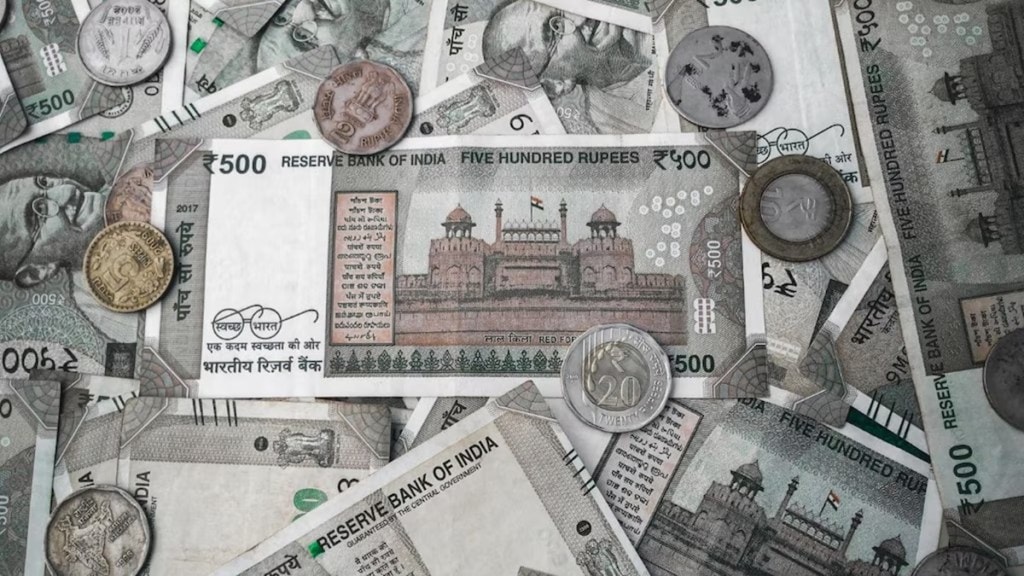Industrial output grew more than a fifth in 2022-23, compared with 35% in 2021-22, indicating that the decline reported in the previous two years due to the pandemic have been quickly offset, according to the results of the annual survey of industries released by the ministry of statistics on Monday.
However, at 7.3%, the growth in gross value added (GVA) by the industry in 2022-23 was much lower than 27% reported in the previous year, reflecting reduced pricing power of industry.
Additionally, the latest survey results also showed lower growth of 4.4% in worker per factory compared with 7.9% in the previous year, reflecting that even as capital investments are picking up, jobs growth is lagging behind.
Wages per worker also saw a slower rise of 5.5% in 2022-23 as against 10% increase in 2021-22. The reasons for the lower wage growth, according to Lekha Chakraborty, professor, National Institute of Public Finance and Policy, is not just cyclical but also is structural in nature. “The cyclical factors are related to macroeconomic uncertainties and inflation. The structural factors require a deeper understanding in the context of India which relates to labour market dynamics itself,” she said.
According to NR Bhanumurthy, director at Madras School of Economics, the lower growth rates in GVA, input and output in 2022-23 compared to the previous year are a consequence of base effect, which impacted the growth prints of FY21 and 2021-22, and normalised in 2022-23. “Many activities didn’t open up, especially construction for two years (2019-20 & 2020-21). That’s why 2021-22 saw such high numbers,” he noted.
There is no direct correlation between GVA growth and wage growth, he feels. “There could be several reasons (for the lower wage growth), one being the production-linked incentive (PLI) scheme, which focused on profitability of the companies,” said Bhanurmurthy.
Total estimated employment in the industry sector showed a robust growth of 7.4% in 2022-23, over the previous year, when the growth was 7%.
“Across the board, there is growth. I am confident the RBI, rating agencies, World Bank and ADB who make their own projections for India growth for the future, will take this into consideration,” Niti Aayog CEO B.V.R. Subrahmanyam said. “The ASI results show the robustness of India economy, very good for not only India, but the whole world,” he added.
The total invested capital by factories in 2022-23 saw a significant year-on-year growth of 10.7% as against 6.8% in 2021-22, depicting a sustained rebound in economic activity post the pandemic. Invested capital is the sum of total fixed capital and physical working capital owned by factories. In absolute terms, the total invested capital of 82,734 factories surveyed was Rs 61.4 lakh crore in 2022-23, higher than Rs 55.5 lakh crore in 2012-22. In 2021-22, 80,764 factories were surveyed.
In FY23, the GDP grew at 7%. And in FY22 and FY21 at 9.7% and (-)5.8%, respectively. Both FY21 and FY22 saw manufacturing GVA (as per national accounts data), grow 3.1% and 10%, respectively; and in FY23, it contracted by 2.2%.
The total persons engaged in factories increased 18.5 million in FY23, from 17.2 million in FY22. The growth rates of both the fiscal year’s were 7.4% and 7%, respectively. The output per worker, however, saw a decline in growth to 13.1% in FY23 from 25.3% in FY22.
The statistics ministry in an official release said that the main drivers of GVA growth in 2022-23 were industries like manufacture of basic metal, coke & refined petroleum products, food products, chemical and chemical products, and motor vehicles. These industries, taken together, contributed about 58% of the total output; and showed output growth of 24.5% and GVA growth of 2.6% in comparison to 2021-22.
Also, the estimated number of persons engaged in these sectors in 2022-23 exceeded the pre-pandemic level (that is 2018-19) by more than 22.14 lakh, stated the ministry.
Among the major states, in terms of GVA, Maharashtra ranked first in 2022-23 followed by Gujarat, Tamil Nadu, Karnataka and Uttar Pradesh. The top five states contributed more than 54% of the total manufacturing GVA of the country during the year.
On the other hand, the top five states employing the highest number of persons were Tamil Nadu, Maharashtra, Gujarat, Uttar Pradesh and Karnataka in 2022-23. Taken together, these states contributed about 55% of total manufacturing employment in the year 2022-23.


